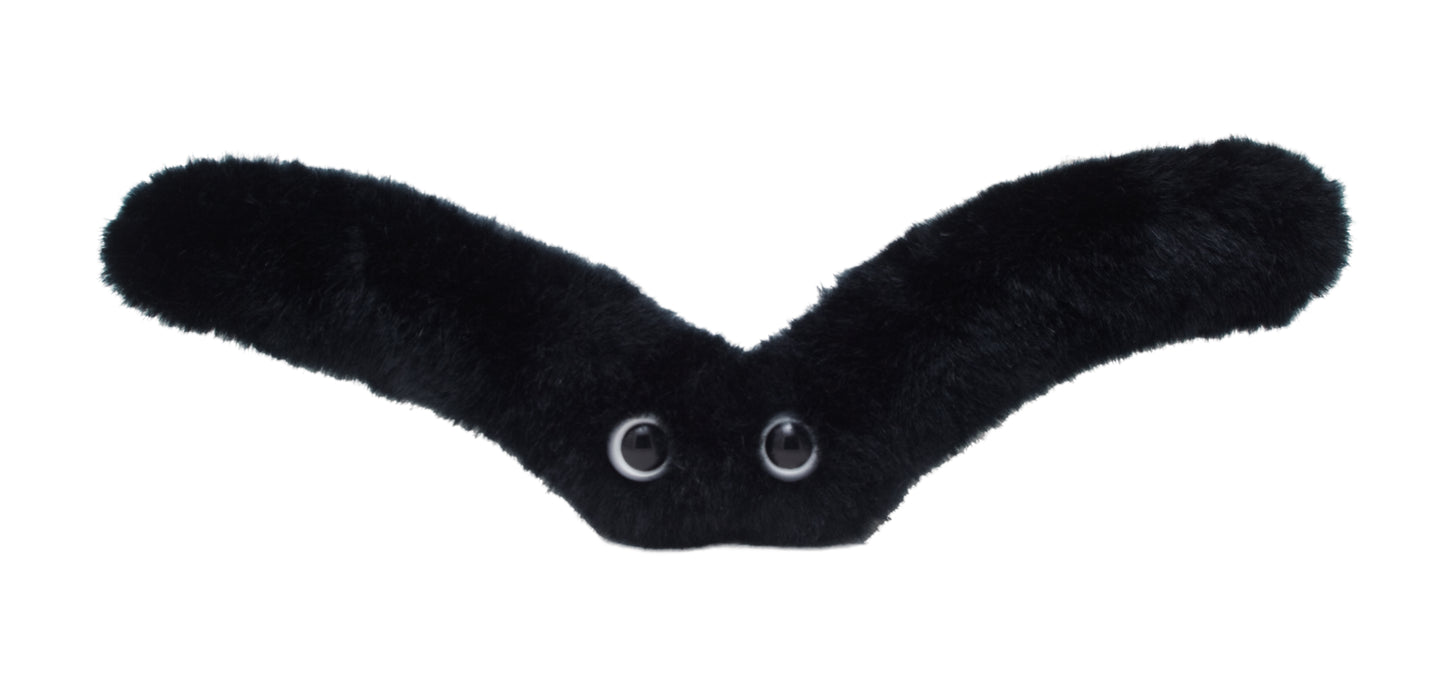Bird Flu (Influenza A Virus H5N1)
Bird Flu (Influenza A Virus H5N1)
Couldn't load pickup availability
- Great gag gift for those who follow health-scare news
- Good reminder to wash hands after close contact with birds
All About Bird Flu (Influenza A Virus H5N1)
FACTS: Bird flu, like its human counterpart, is a highly contagious migratory virus that can be lethal to flocks of wild-birds and domesticated poultry – particularly when its discovery prompts massive exterminations to prevent its spread to humans.
But despite its notoriety, because it is primarily a bird-borne virus, bird flu normally has a difficult time infecting humans. In addition, even when it manages to do so, it typically has a very difficult time spreading from one person to another.
Ironically, it is precisely because the disease has such a hard time infecting humans that scientists are so concerned about it: since people so rarely contract the disease, there is little natural human immunity to the virus. If it mutates so that it can be spread more easily, it could rapidly infect large numbers of people. In addition, when a virus crosses the species divide, the impact on the new host-population is unpredictable: a virus that is mild in one species may be life-threatening in another.
Fortunately, nearly all recent bird flu cases have been the result of direct human-to-bird contact, typically by people who spend a large amount of time with domesticated poultry. And the few person-to-person cases of bird flu that have been identified are almost exclusively among family members of the infected poultry workers. Finally, scientists are constantly working on vaccines against new strains, which should help keep bird flu in a cage.
| NAME | Influenza A Virus H5N1 |
|---|
| ACTUAL SIZE | 80-120 nanometers in length |
|---|
| WHERE IT LIVES | Bird flu naturally occurs in wild aquatic birds, but can also infect other bird and animal species. In some cases bird flu has even infected human beings! |
|---|
| SYSTEM | Infected birds spread this virus through their saliva, nasal secretion, and feces. |
|---|
| CURE | Oseltamivir, peramivir, and zanamivir are used for treatment of human infection. |
|---|
| DEADLINESS/SEVERITY | Though wild aquatic birds typically don’t get sick if infected with the bird flu, the bird flu can be lethal to certain domesticated bird species such as chickens, ducks, and turkeys. |
|---|
| INFECTIOUSNESS | The bird flu is highly contagious among birds if in direct contact with an infected bird’s saliva, nasal secretion, or feces or contact with an infected surface. On the rare occasion, bird flu can also infect a human if the infected bird’s saliva, nasal secretion, or feces winds up in a human’s eyes, nose, mouth, or is inhaled. |
|---|
| HISTORY | The virus was first detected in 1996 in geese in China. On January 8, 2014, the first case of a human infection with the bird flu in the Americas was reported in Canada in a traveler returning from China. Since 1959, instances of human infection with the bird flu virus have occurred on only 10 occasions. Health officials today are afraid that the virus might change so that it can spread easily from person to person. |
|---|
| FASCINATING FACTS | The bird flu devastated the American poultry industry and doubled the price of most eggs. At one point people thought that the bird flu would wipe out the human population! |
|---|






